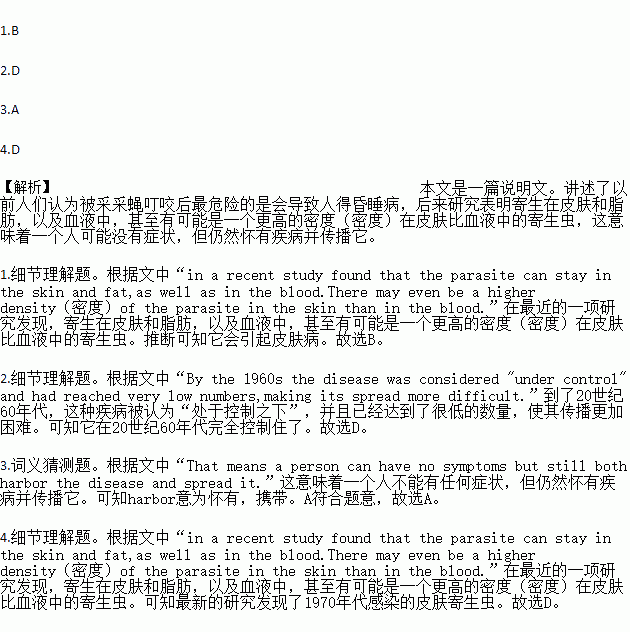
Tsetse Fly Bite: A Detailed Look into the Pesky Insect and Its Impact
The tsetse fly bite is a common concern for those living in or visiting regions where these insects thrive. Known for their painful bites and the diseases they carry, tsetse flies have been a nuisance for centuries. In this article, we will delve into the specifics of the tsetse fly bite, its effects, and the measures you can take to protect yourself.
What is a Tsetse Fly Bite?

A tsetse fly bite is an injury caused by the bite of a tsetse fly, which is a type of blood-sucking insect. These flies are found in sub-Saharan Africa and are known for their distinctive black and white coloration. When a tsetse fly bites, it injects saliva into the skin, which can cause irritation and swelling.
The saliva of the tsetse fly contains anticoagulants, which prevent the blood from clotting. This allows the fly to feed for an extended period of time. The bite can be quite painful, and the area may become inflamed and itchy.
Effects of a Tsetse Fly Bite

While most tsetse fly bites are merely a nuisance, they can lead to more serious complications. Here are some of the effects of a tsetse fly bite:
| Effect | Description |
|---|---|
| Pain | The bite itself can be quite painful, and the area may remain tender for several days. |
| Inflammation | The area around the bite may become red, swollen, and inflamed. |
| Itching | The bite area may become itchy, which can be exacerbated by scratching. |
| Secondary Infection | Scratching the bite can lead to a secondary infection, which may require medical treatment. |
| Disease Transmission | In some cases, tsetse flies can transmit diseases such as sleeping sickness (trypanosomiasis) and nagana. |
Preventing Tsetse Fly Bites

Preventing tsetse fly bites is essential, especially if you are traveling to an area where these insects are prevalent. Here are some tips to help you avoid a tsetse fly bite:
-
Wear long-sleeved shirts and long pants to cover as much skin as possible.
-
Use insect repellents containing DEET or picaridin on exposed skin.
-
Stay in well-screened or air-conditioned rooms when possible.
-
Use bed nets treated with insecticides to protect yourself while sleeping.
-
Consider using tsetse fly traps or insecticide sprays in areas where you are at risk.
Dealing with a Tsetse Fly Bite
If you do get bitten by a tsetse fly, there are several steps you can take to alleviate the discomfort and reduce the risk of complications:
-
Clean the bite area with soap and water to prevent infection.
-
Apply a cold compress to reduce swelling and pain.
-
Take over-the-counter pain relievers, such as ibuprofen or acetaminophen, to manage pain and inflammation.
-
Avoid scratching the bite area to prevent infection.
-
Seek medical attention if you experience severe pain, swelling, or signs of infection, such as fever or pus.
Conclusion
The tsetse fly bite is a common concern for those living in or visiting regions where these insects are prevalent. By understanding the risks and taking appropriate precautions, you can minimize your chances of being bitten and reduce the risk of complications. Remember to wear protective clothing, use insect repellents, and seek medical attention if necessary.







